- News
-
-
-
-
-
Latest News Articles
- Q&A: TEK and the wildlife profession April 24, 2024
- History may point to a brighter future for Canada lynx April 24, 2024
- New maps expand picture of big-game migrations in the West April 23, 2024
-
-
-
- Wildlife Professional Resources
-
- Our Network
-
- PUBLICATIONS
-
-
Recent Posts
-
 The Wildlife Professional November/December Issue
November 1, 2023
The Wildlife Professional November/December Issue
November 1, 2023
-
-
-
-
-
-
- Wildlife Events
-
-
-
Upcoming Webinars
- No Events
-
-
-
- Who We Are
-
Category: TWS Wildlife News

May 19, 2017
A parasitologists’ love story
Dr. Becky Lasee, retired project leader of the Service’s La Crosse Fish Health Center, was recently honored by Eric Leis, a former student and colleague, with a new parasite named...
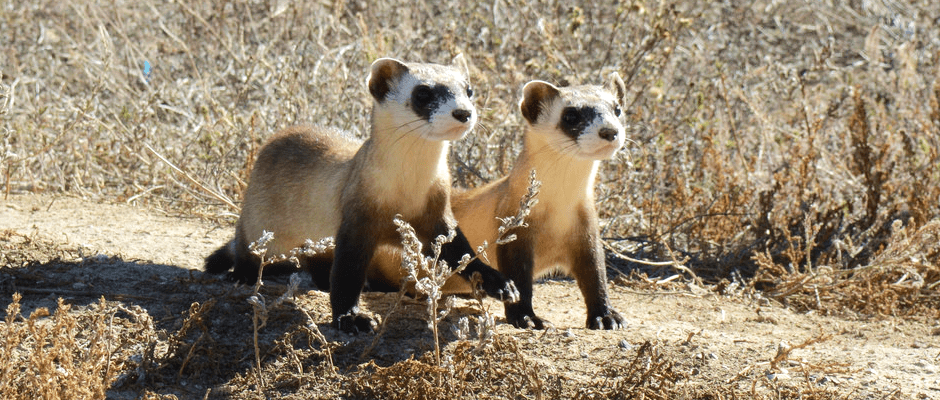
May 19, 2017
Senate committee hears states’ perspectives on ESA reform
On May 10, the Senate Committee on Environment and Public Works held its second hearing of the year focused on Endangered Species Act reform. The hearing, entitled “Conservation, Consultation, and...
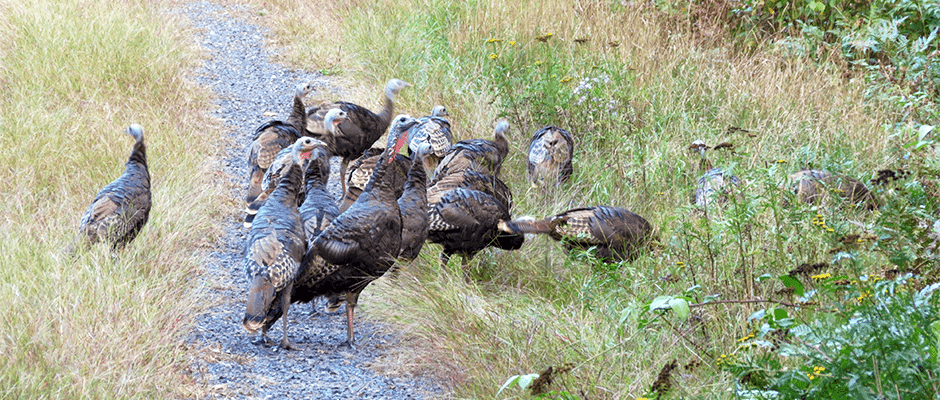
May 18, 2017
JWM study: Wisconsin wild turkeys adapt to mixed landscape
Since managers reintroduced wild turkey (Meleagris gallopavo) to Wisconsin in the mid-1970s, farming has expanded and intensified on the landscape. Despite habitat degradation, a new study suggests, these birds have...

May 17, 2017
What’s going on inside may explain what’s happening outside
Wildlife biologists often look outward at habitat and ecology to understand impacts on the species they study. A growing number of biologists are looking inward, though, to try to understand...
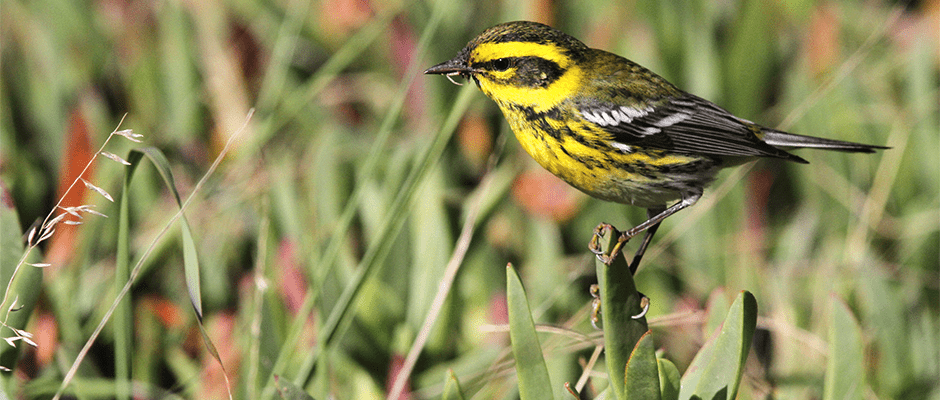
May 17, 2017
Migrating birds are getting more out of sync with the environment
By altering when leaves come out in the spring, climate change throws birds’ migration schedules out of sync with the environment, hindering their ability to reproduce, rear offspring and survive....
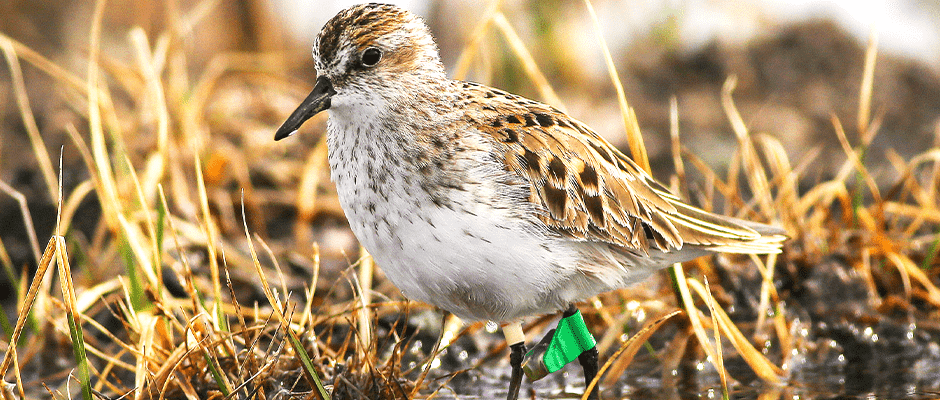
May 16, 2017
South American sandpiper’s route may explain its decline
Scientists have been tracking the migration of the semipalmated sandpiper (Calidris pusilla) to trace the origins of its population in northeastern South American, which is decreasing dramatically. A new study...

May 15, 2017
From Pristine to Polluted and Back — from The Wildlife Professional
The waters of Maine’s Lake Auburn were renowned for being pristine. Surrounded by fields, forests and the grassy campus of Central Maine Community College, the 2,260-acre lake above the towns...
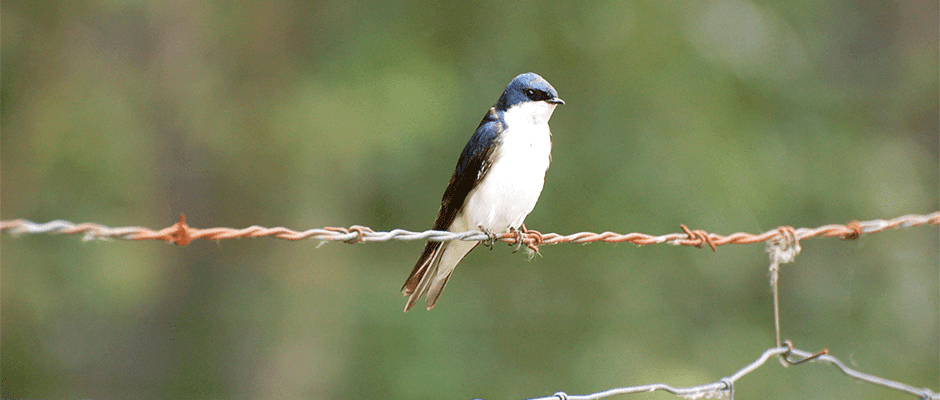
May 15, 2017
Wind and rain change breeding patterns for swallows
Fewer storms that bring wind and rain may be causing North American tree swallows (Tachycineta bicolor) to lay their eggs earlier in the spring, according to new research. The impacts...
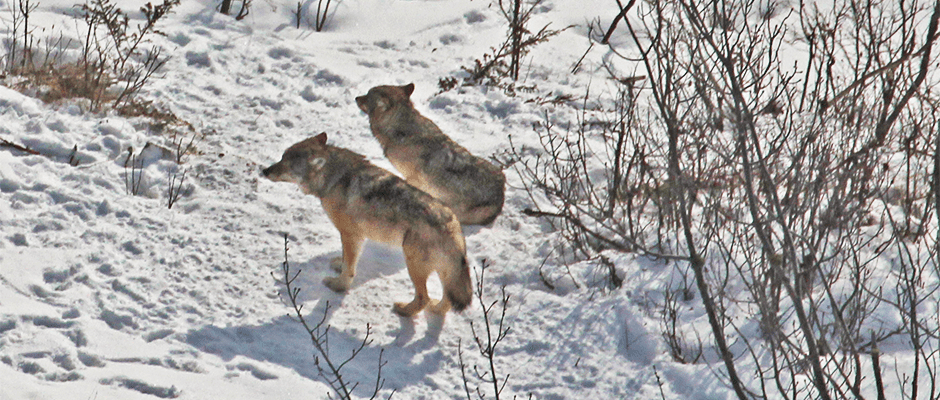
May 12, 2017
Isle Royale wolves down to two
A population of just two aging wolves — father and daughter — are the only wolves remaining on Michigan’s Isle Royale, spelling trouble for the apex predator as well as...
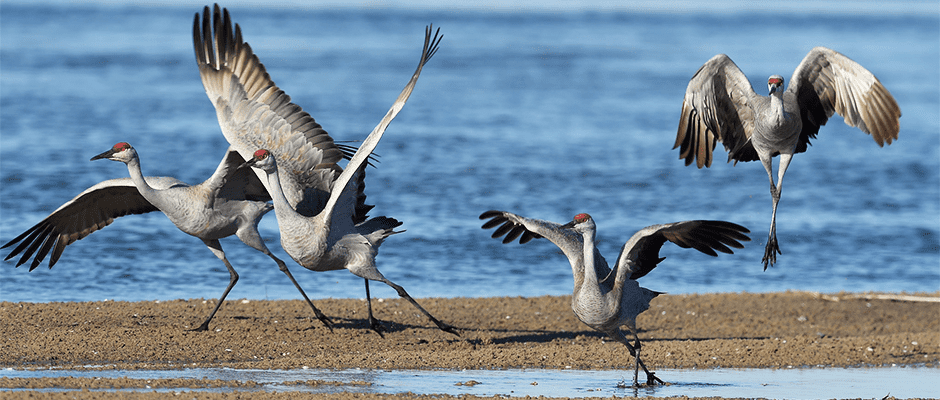
May 11, 2017
JWM study: Sandhill cranes prefer wide channels, short bank vegetation
Every spring, tourists from around the world flock to Nebraska to watch over half a million migrating sandhill cranes (Grus canadensis) roosting on the Platte River. Where the birds choose...

